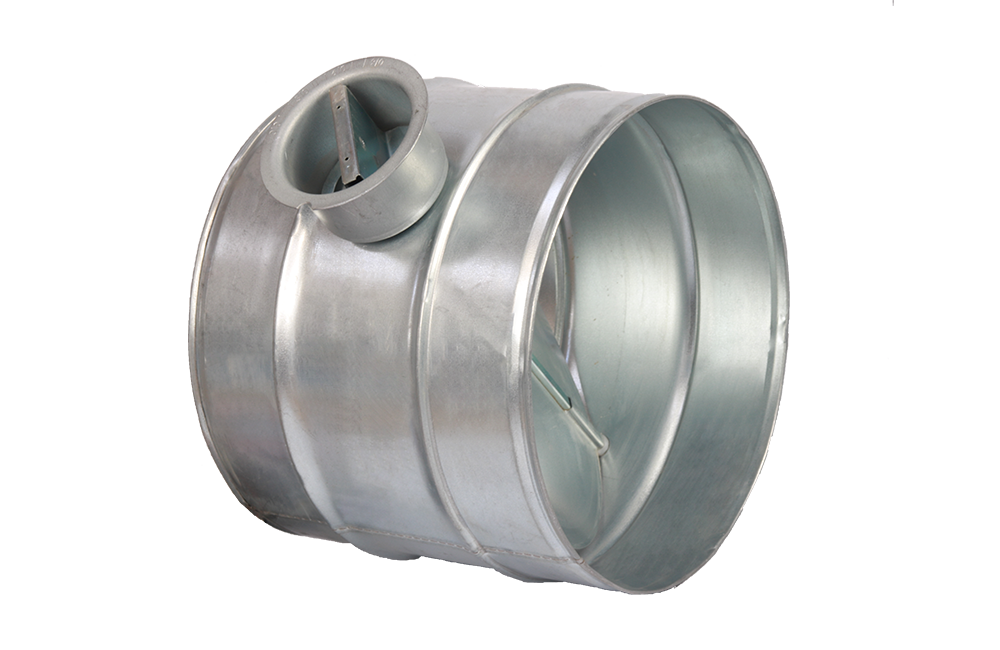Volume Control Dampers (VCD)
 Volume control dampers are devices used in HVAC (Heating, Ventilation, and Air Conditioning) systems to regulate the flow of air within ductwork. They are installed within the ducts and can be manually or automatically motorized damper adjusted to control the volume of air passing through the duct.
Volume control dampers are devices used in HVAC (Heating, Ventilation, and Air Conditioning) systems to regulate the flow of air within ductwork. They are installed within the ducts and can be manually or automatically motorized damper adjusted to control the volume of air passing through the duct.
Here's how volume control dampers work:
Regulating Airflow: Volume control dampers are designed to modulate the airflow within ducts by adjusting the size of the opening through which air passes. This adjustment can be made manually using a handle or lever, or automatically through an actuator controlled by a thermostat or building management system.
Balancing Air Distribution: By adjusting the position of the damper blades, volume control dampers can balance the airflow between different branches of the ductwork or between different zones within a building. This ensures that each area receives the appropriate amount of conditioned air for comfort and efficiency.
Controlling Temperature: Volume control dampers can also be used to control the temperature within a space by regulating the flow of heated or cooled air. By adjusting the airflow, the damper can help maintain a consistent temperature throughout the building.
Noise Control: In addition to regulating airflow, volume control dampers can also help reduce noise transmission through the ductwork. By partially closing the damper, airflow velocity can be reduced, which in turn decreases the amount of noise generated by the air movement.
Overall, volume control dampers play a crucial role in ensuring the efficient operation of HVAC systems by providing precise control over airflow and temperature distribution within a building. They are essential components for maintaining comfort, indoor air quality, and energy efficiency.
Inoxos: For a healthy, comfortable and efficient environment.
Contact us today for a free consultation!
